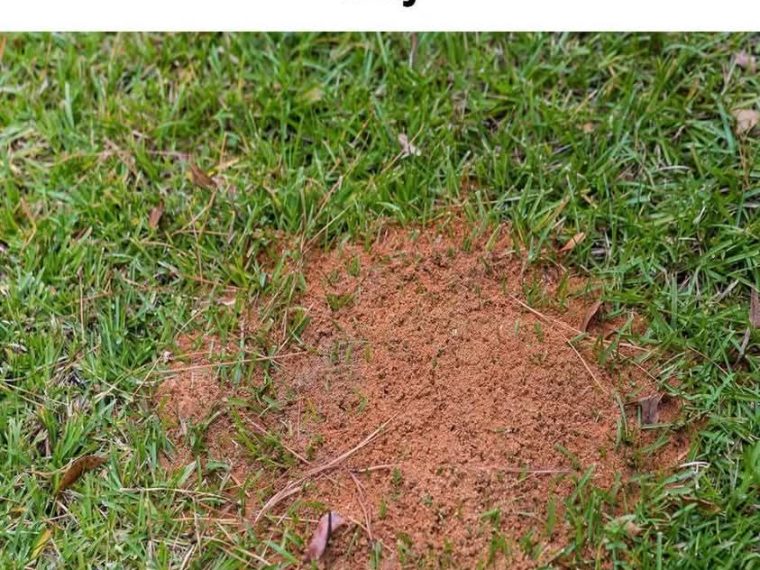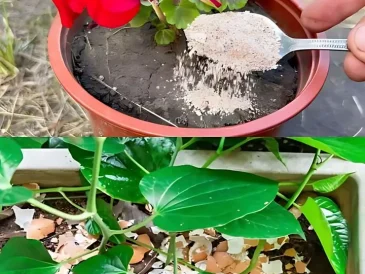Fire ants are notorious for their aggressive behavior and painful stings. These invasive pests build large mounds that can damage lawns and gardens, posing a threat to both humans and animals. Fire ant mounds can appear seemingly overnight, and if left unchecked, they can spread rapidly, making them a significant challenge for homeowners. The presence of fire ants can disrupt outdoor activities and cause distress due to their painful bites, which can lead to allergic reactions in some individuals. Therefore, finding an effective and safe method to control and eliminate fire ant mounds is crucial for maintaining a safe and enjoyable outdoor environment.
Why Club Soda Is an Effective Solution
Club soda, a common household beverage, has gained attention as a potential solution for controlling fire ant mounds. The idea is to pour club soda directly onto the mound, which can help to suffocate the ants. The carbon dioxide in club soda displaces the oxygen in the mound, effectively suffocating the ants and killing them.
This method is appealing because it is non-toxic and environmentally friendly, making it a safer alternative to chemical pesticides. Additionally, club soda is readily available and inexpensive, making it an accessible option for many homeowners looking to manage fire ant infestations.
The Science Behind Club Soda’s Effectiveness
The effectiveness of club soda in controlling fire ants lies in its carbon dioxide content. When club soda is poured over a fire ant mound, the carbon dioxide gas is released and permeates the mound. This gas displaces the oxygen within the mound, creating an environment that is inhospitable for the ants. Without sufficient oxygen, the ants are unable to survive, leading to the collapse of the colony. This method targets the ants directly without introducing harmful chemicals into the environment, making it a more sustainable option for pest control.
Step-by-Step Guide to Using Club Soda on Fire Ant Mounds
To use club soda effectively on a fire ant mound, follow these steps: 1. Identify the fire ant mound and clear the area of any debris.
2. Early in the morning or late in the evening, when the ants are less active, gently pour 2 cups of club soda over the center of the mound.
3. Ensure the liquid penetrates deep into the mound to reach the queen and the majority of the colony.
4. Avoid disturbing the mound before or after treatment to prevent the ants from relocating.
5. Monitor the mound over the next few days to assess the effectiveness of the treatment. Repeat the process if necessary.
Evaluating the Effectiveness of Club Soda
While club soda can be effective in suffocating fire ants, its success may vary depending on the size of the mound and the depth of the colony. Some users report a significant reduction in ant activity after treatment, while others may need to repeat the process multiple times for complete eradication. It’s important to note that club soda may not be effective for very large or well-established colonies. However, for smaller mounds or as part of an integrated pest management approach, club soda can be a useful tool in reducing fire ant populations.
Comparing Club Soda to Other DIY Solutions
Club soda is just one of many DIY solutions for fire ant control. Other popular methods include using boiling water, diatomaceous earth, or natural oils like orange oil. Boiling water can be effective but poses a risk of scalding and may damage surrounding vegetation. Diatomaceous earth works by dehydrating the ants but requires dry conditions to be effective. Natural oils can repel ants but may not eliminate the colony. Compared to these methods, club soda offers a balance of safety, effectiveness, and ease of use, making it a viable option for many homeowners.
Alternative DIY Methods for Fire Ant Control
In addition to club soda, several alternative DIY methods can be employed to control fire ants. Boiling water is a straightforward method that involves pouring hot water directly onto the mound, though it can be hazardous and may harm plants. Diatomaceous earth is a natural powder that dehydrates ants but requires dry weather to work effectively. Essential oils, such as orange or peppermint oil, can repel ants but may not kill them. Each method has its pros and cons, and the choice depends on the specific circumstances and preferences of the homeowner.
Safety Considerations When Using DIY Methods
When using DIY methods for fire ant control, safety should be a top priority. Always wear protective clothing, including gloves and long sleeves, to prevent ant bites. Be cautious when handling boiling water or any other hot substances to avoid burns. If using essential oils, ensure they are diluted properly to prevent skin irritation. Additionally, consider the impact of each method on the environment and non-target organisms, such as pets and beneficial insects. By taking appropriate precautions, homeowners can safely and effectively manage fire ant infestations.
Conclusion: Choosing the Right Solution for Your Needs
Choosing the right solution for fire ant control depends on various factors, including the size of the infestation, environmental considerations, and personal preferences. Club soda offers a safe and accessible option for those looking to avoid chemical pesticides, but its effectiveness may vary. For larger infestations, a combination of methods or professional pest control services may be necessary. Ultimately, the goal is to find a solution that effectively manages the fire ant problem while minimizing risks to humans, animals, and the environment. By weighing the pros and cons of each method, homeowners can make informed decisions that best suit their needs.





